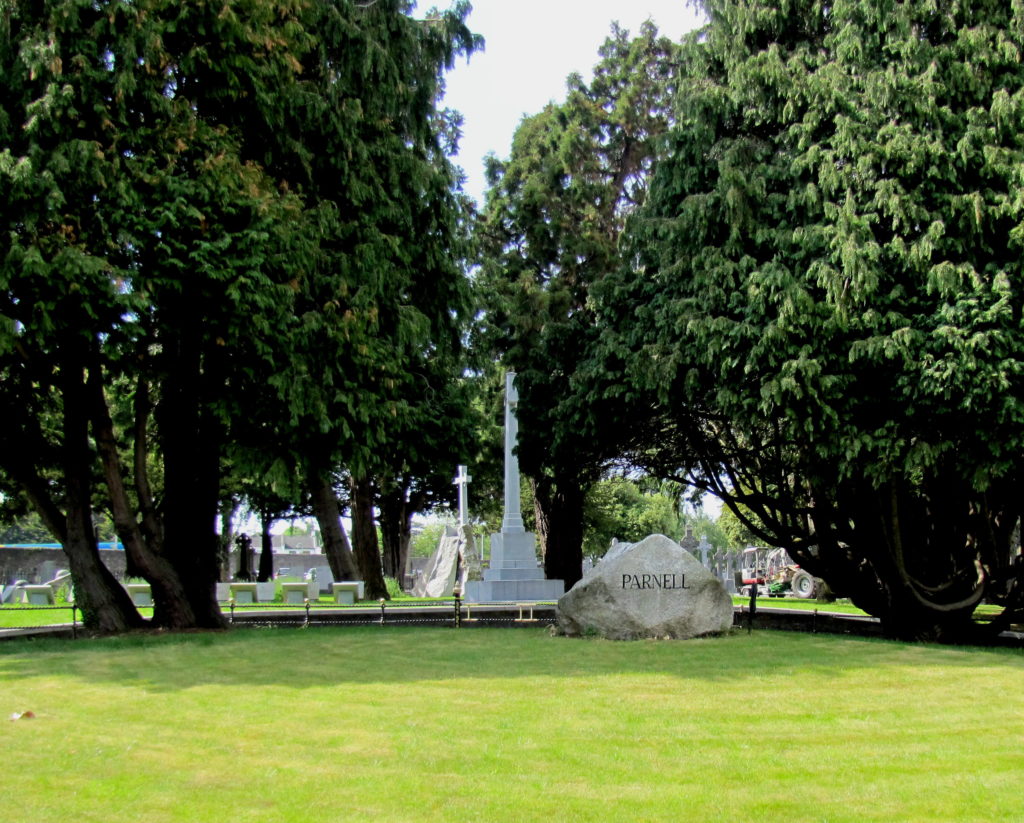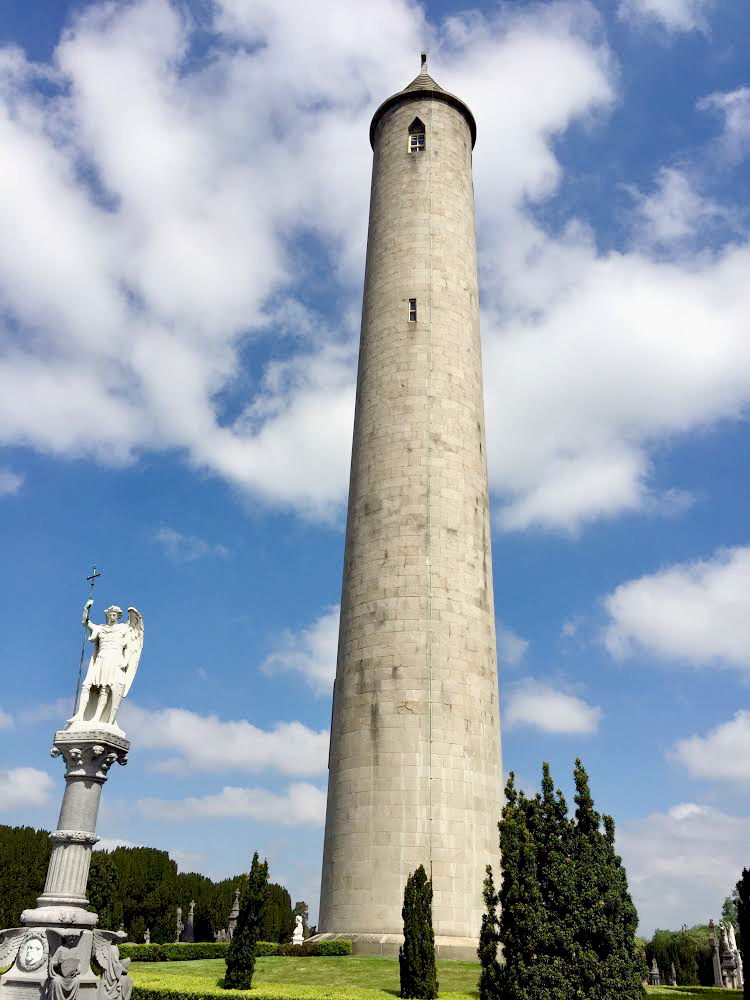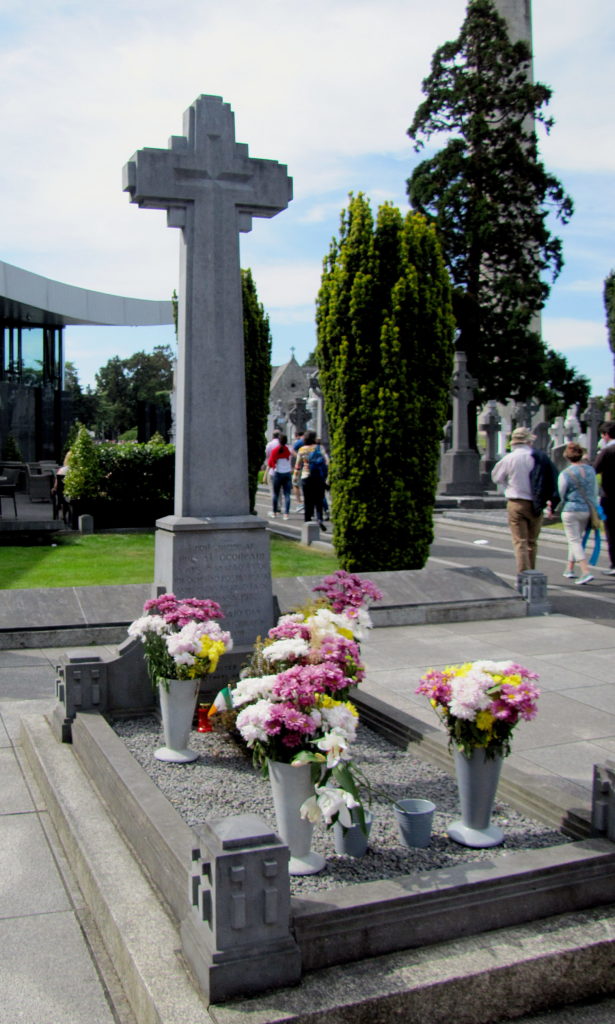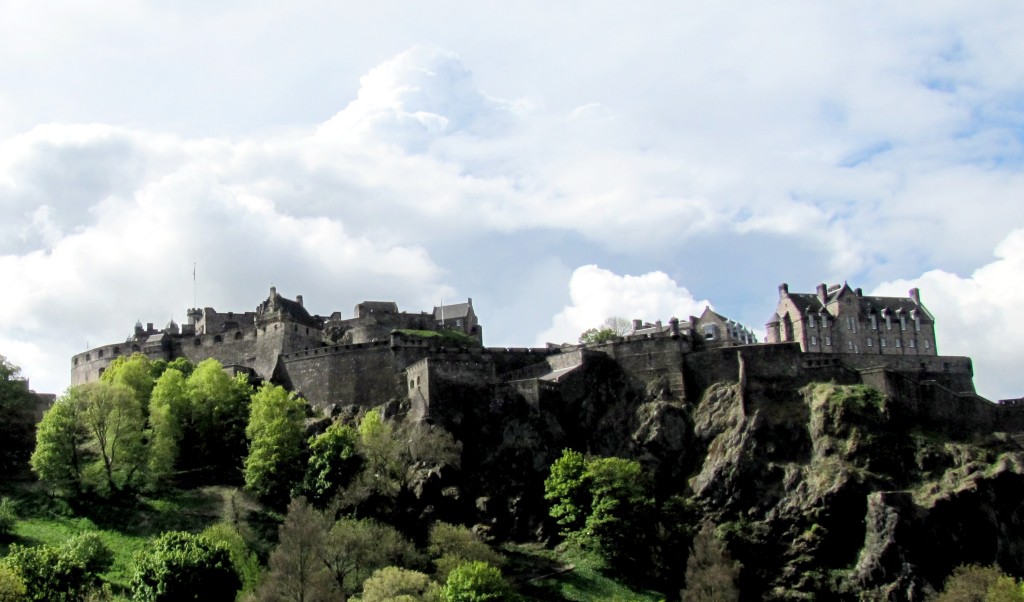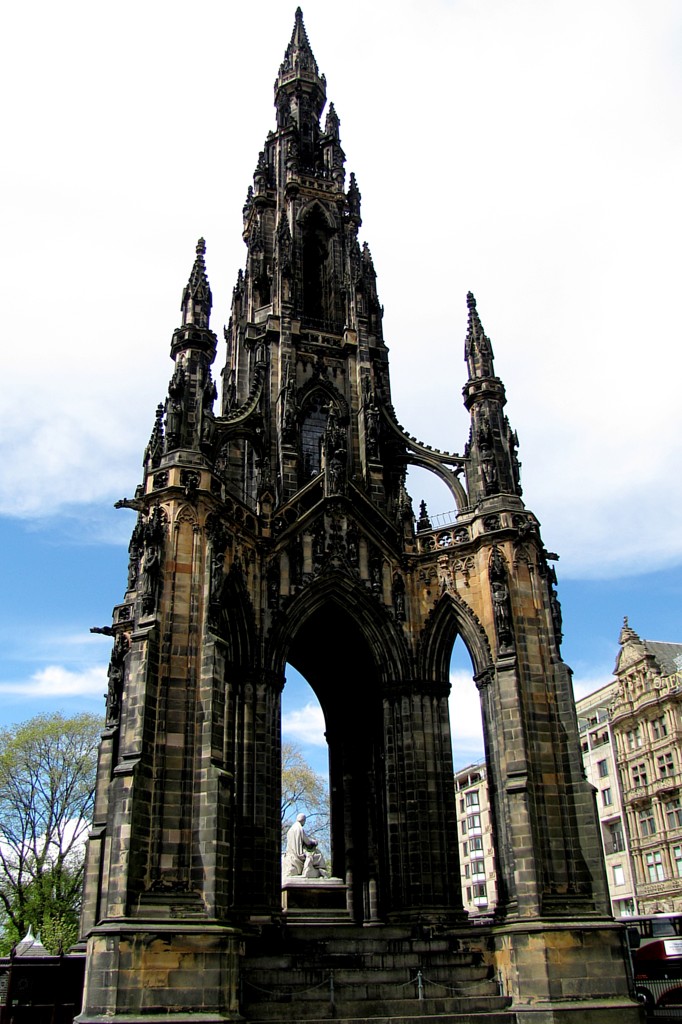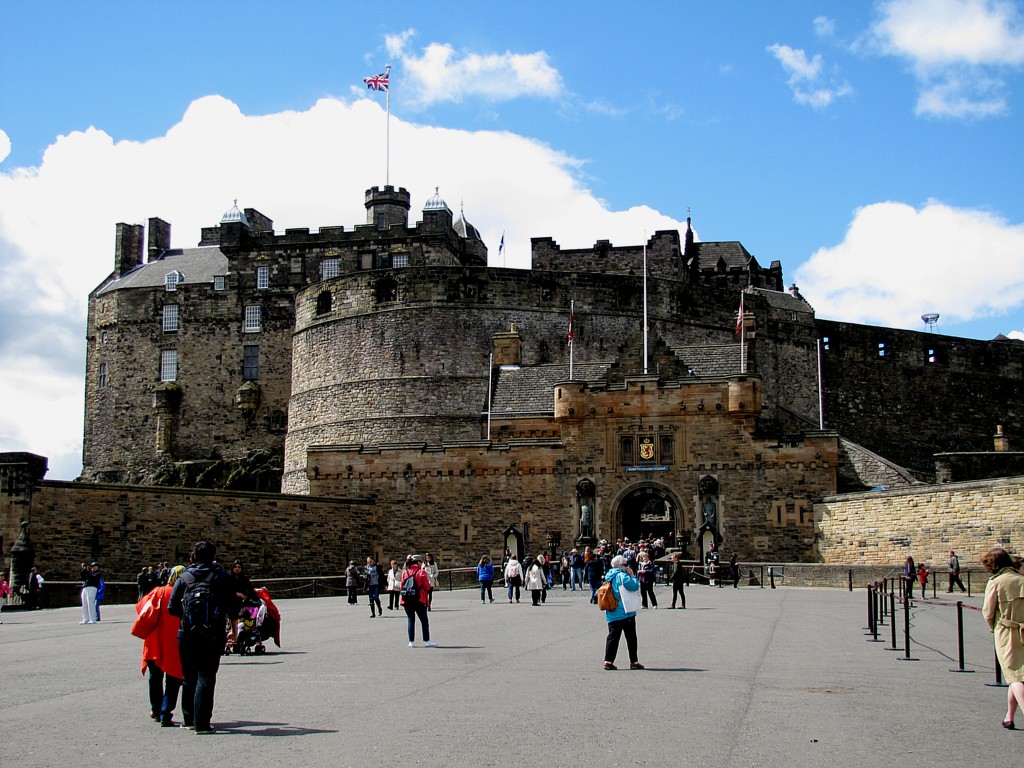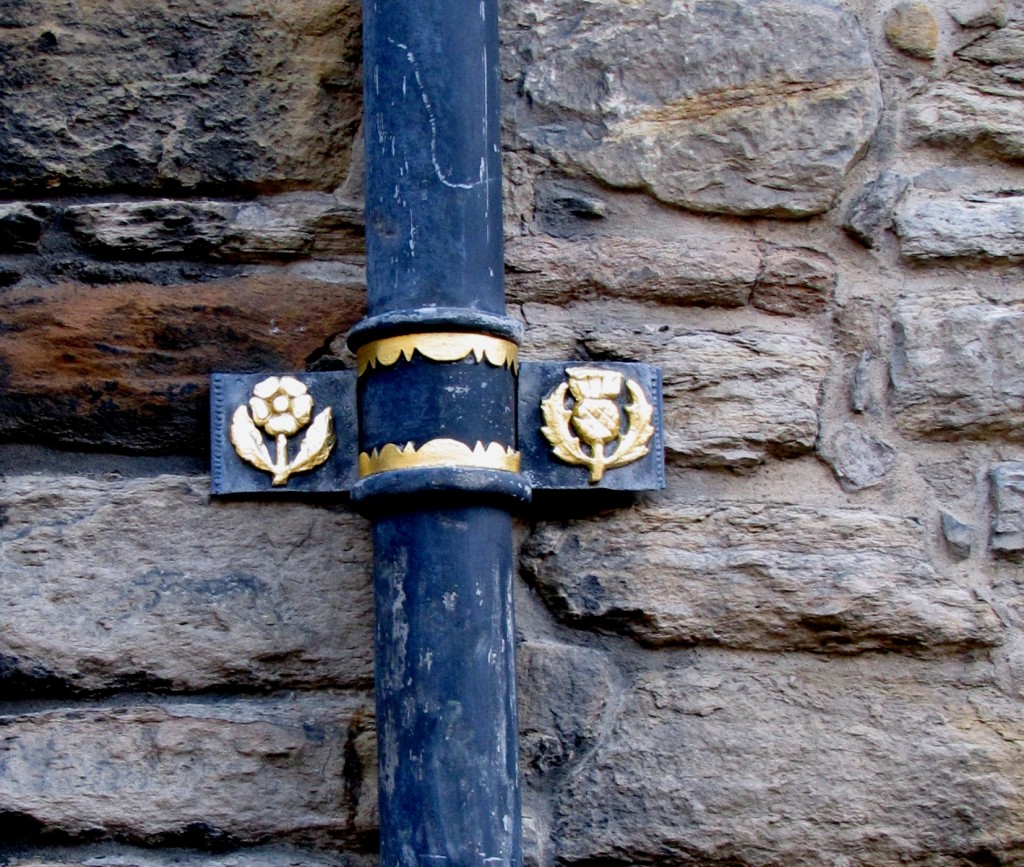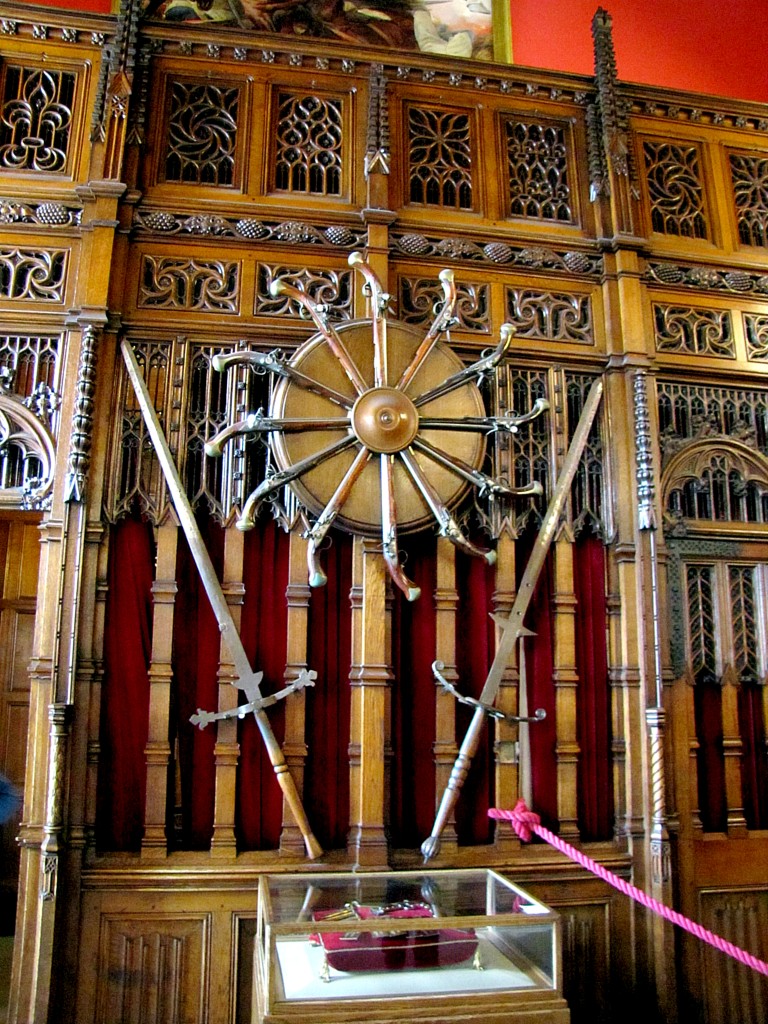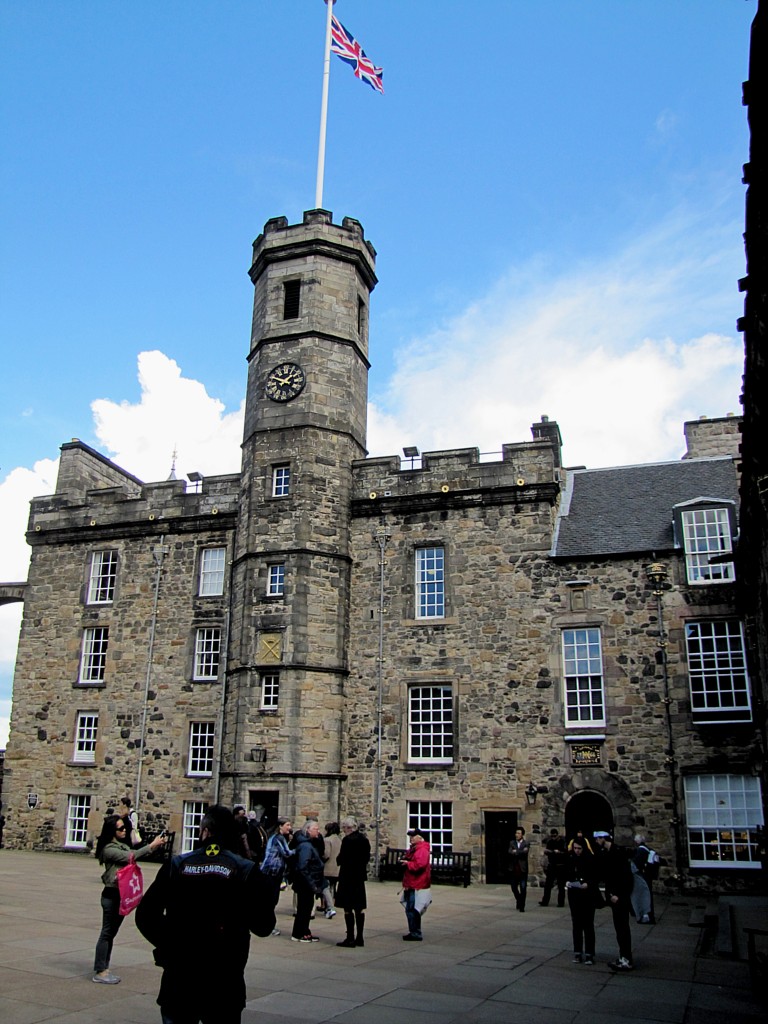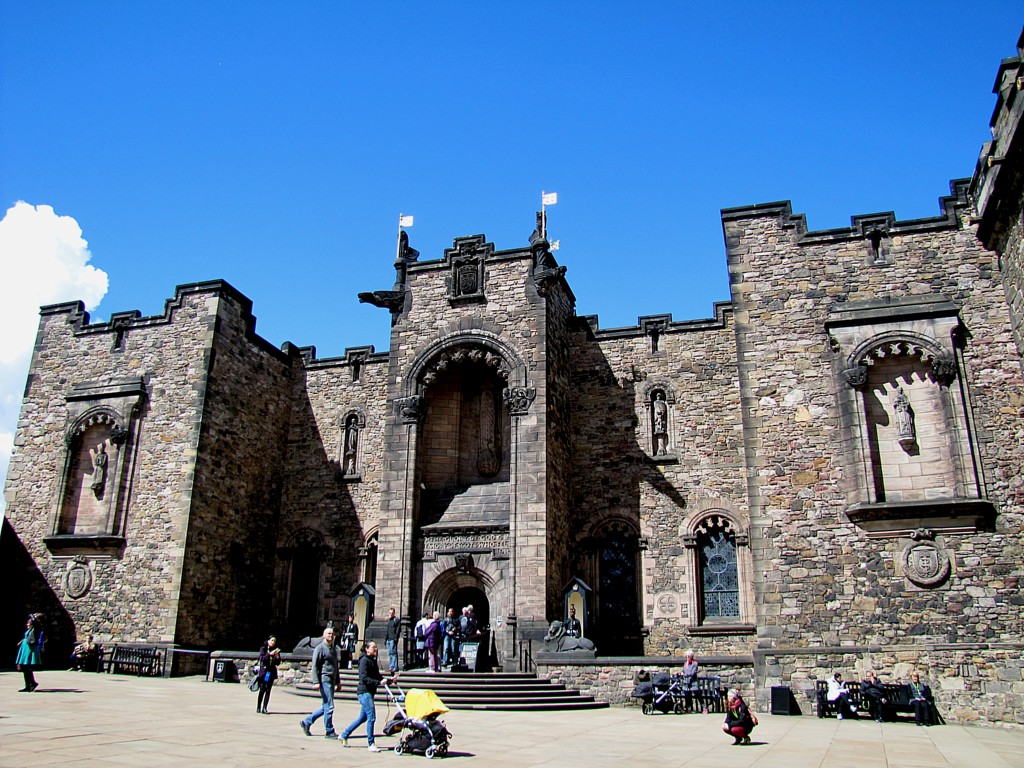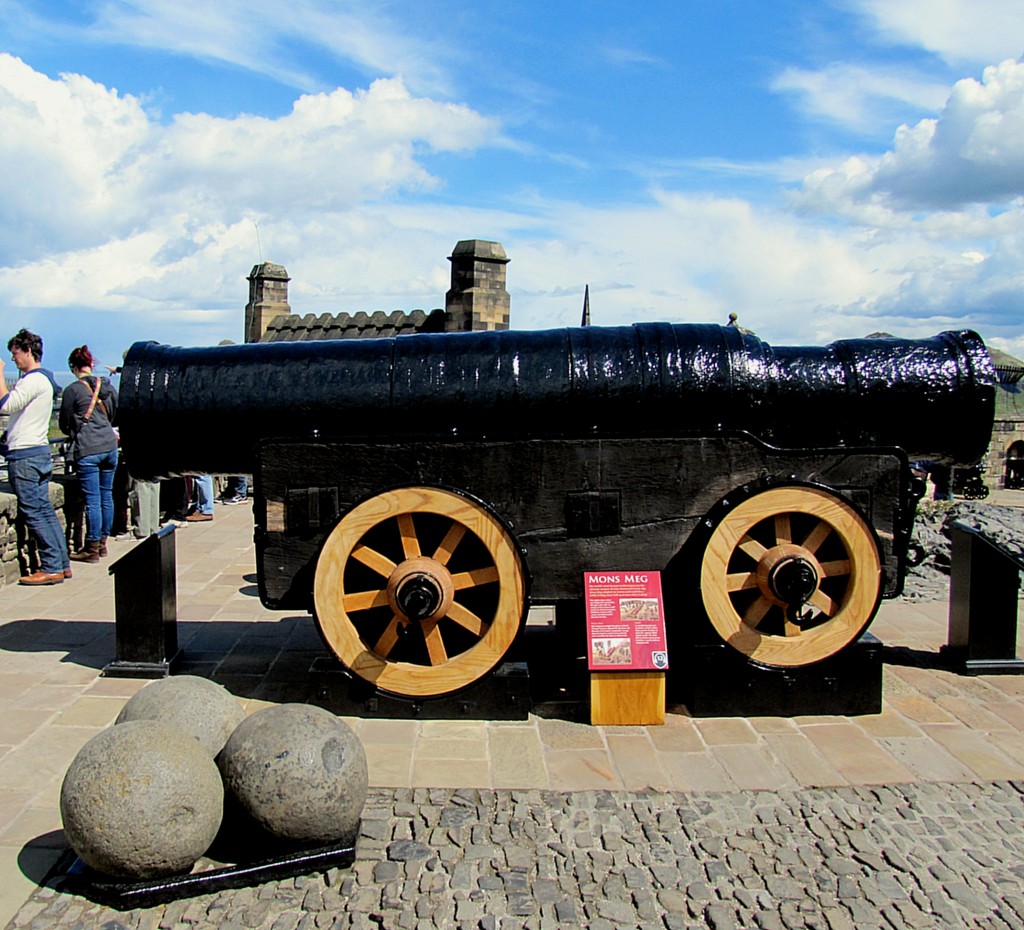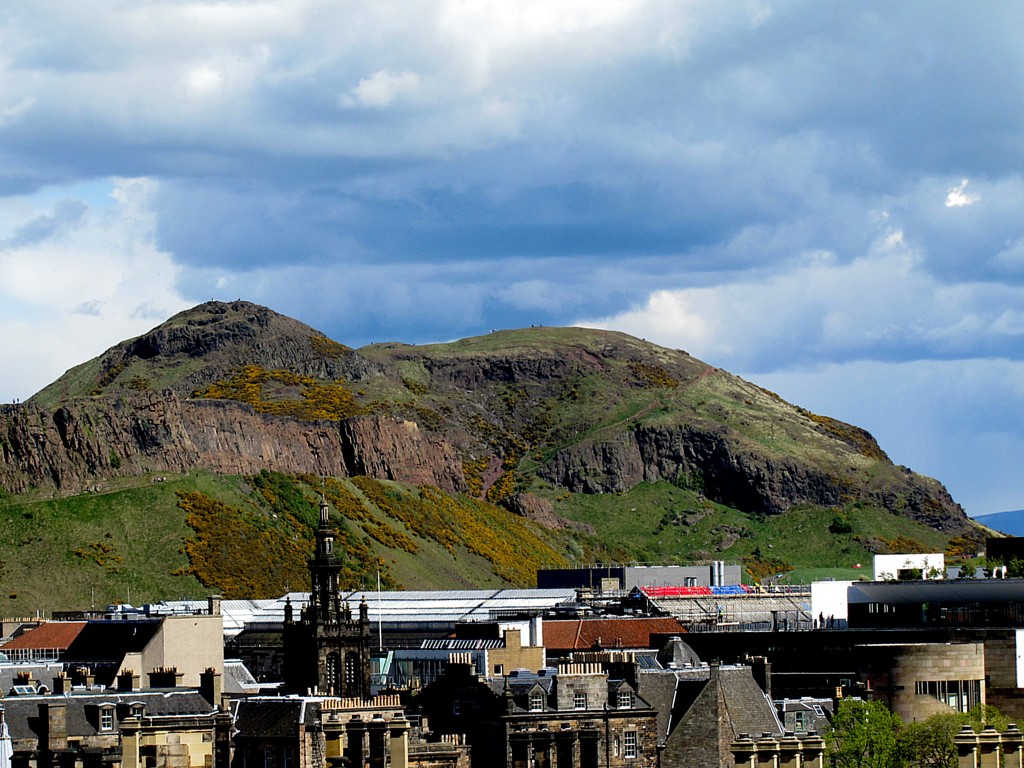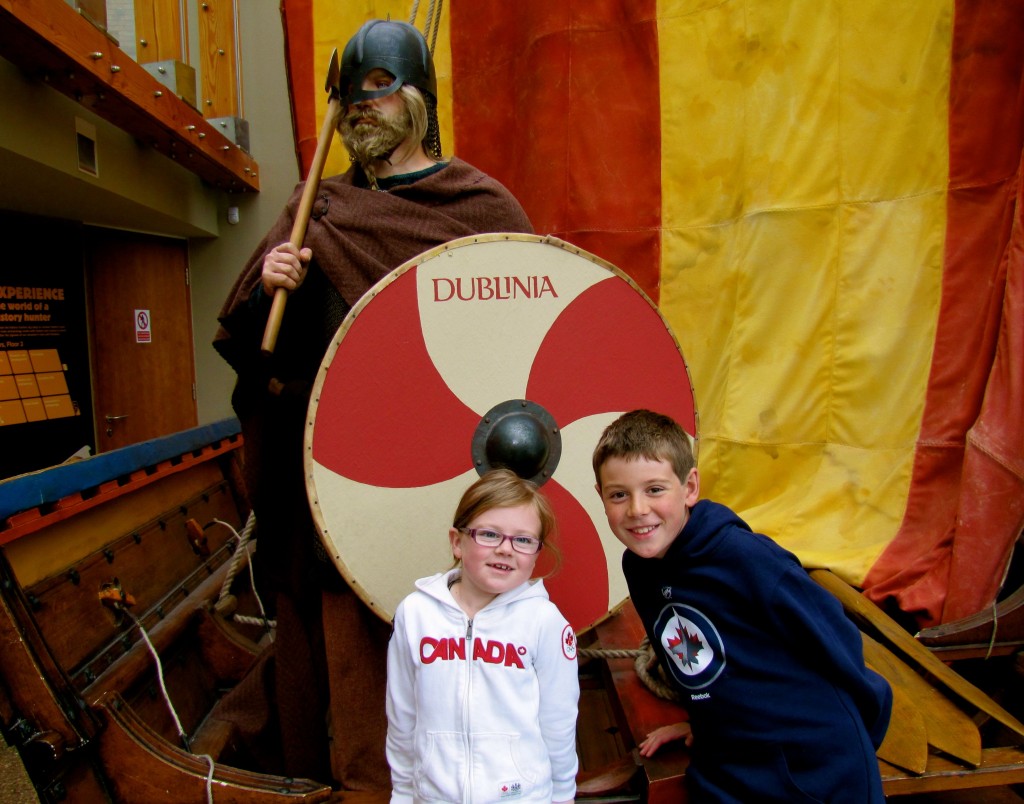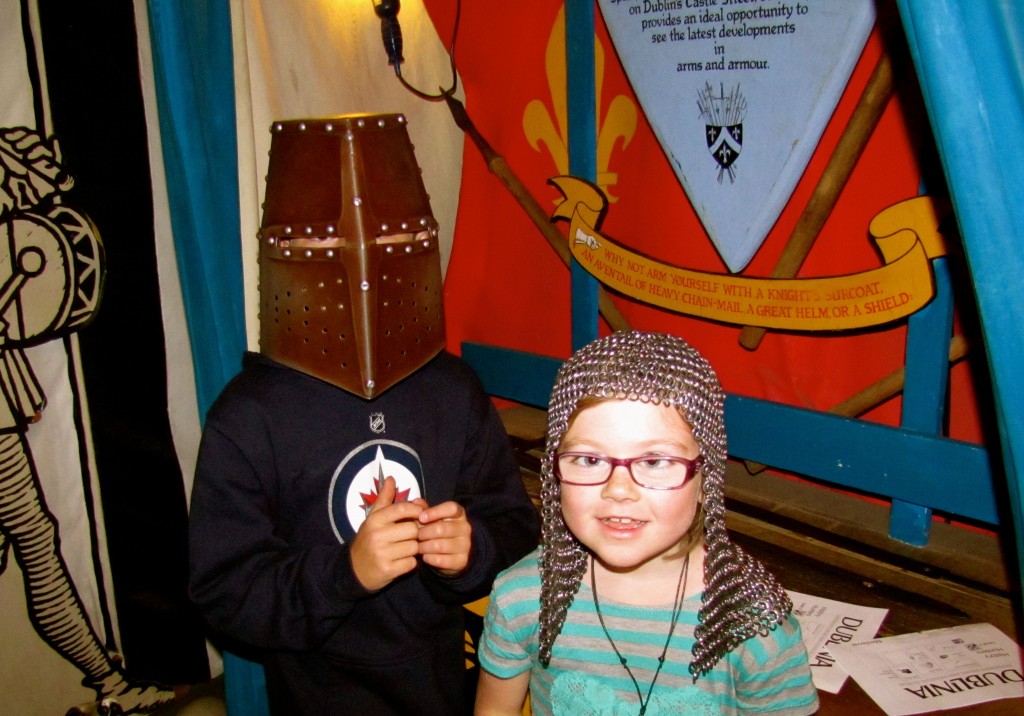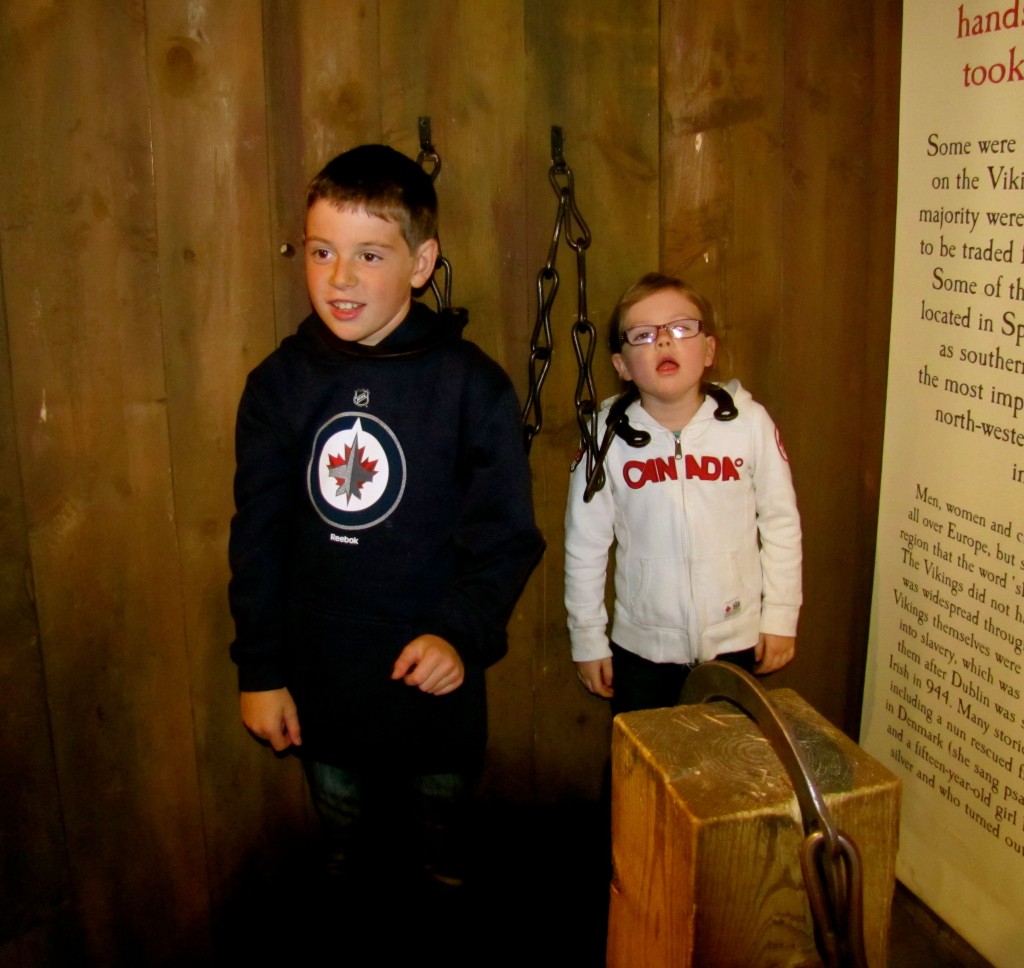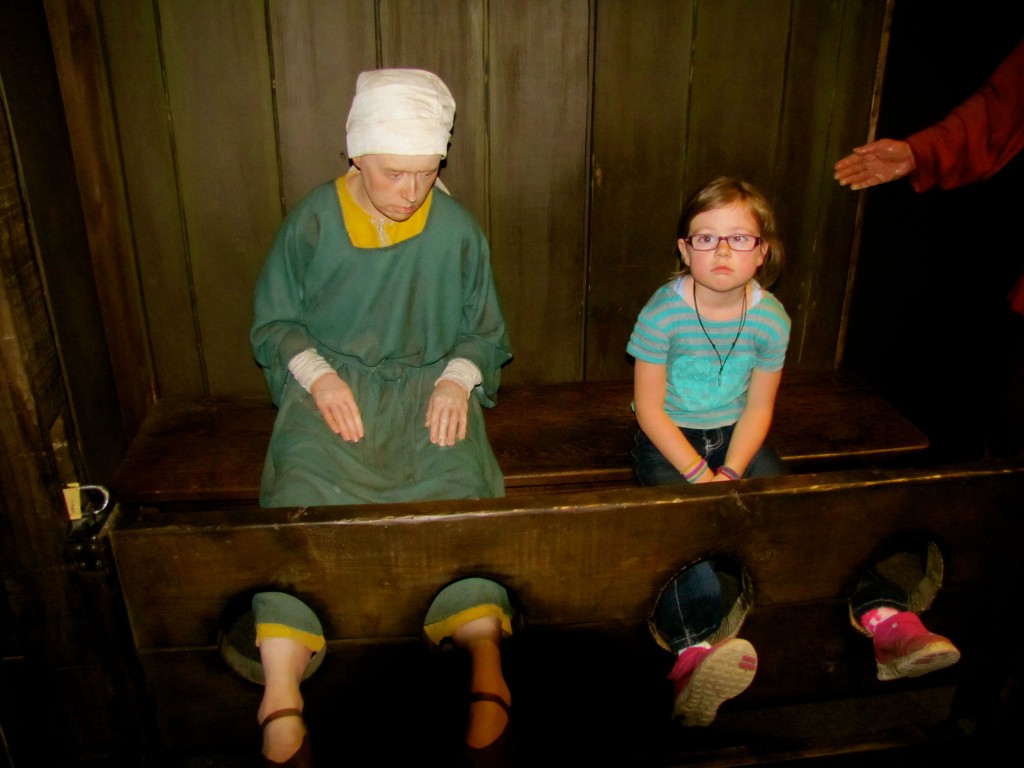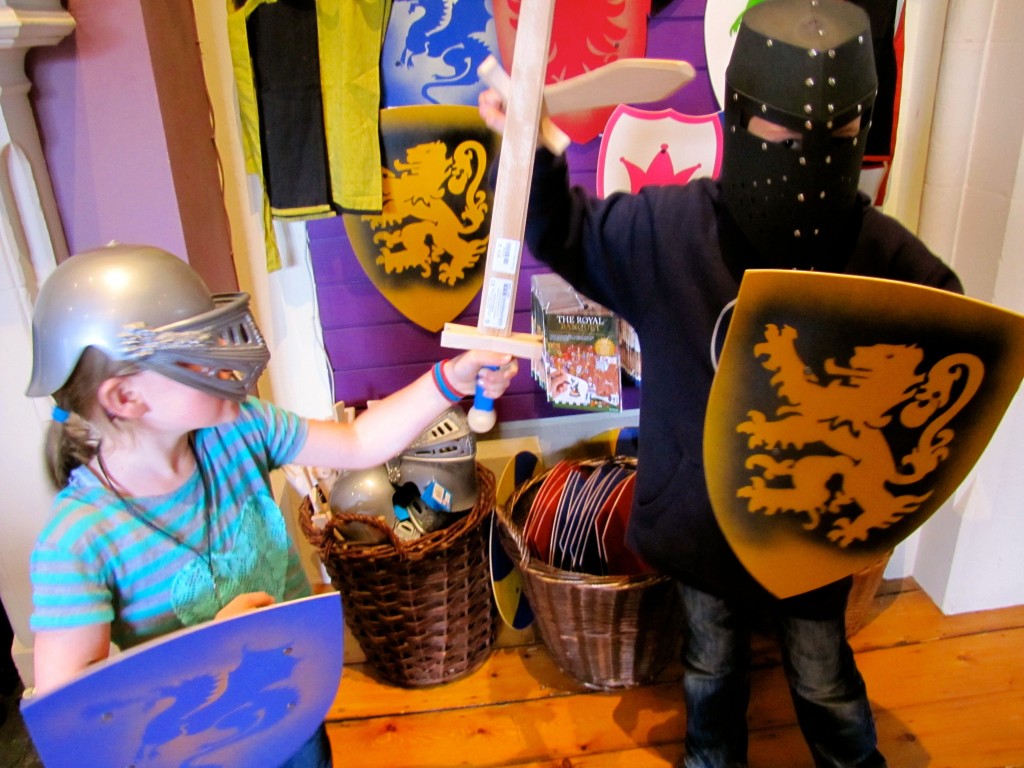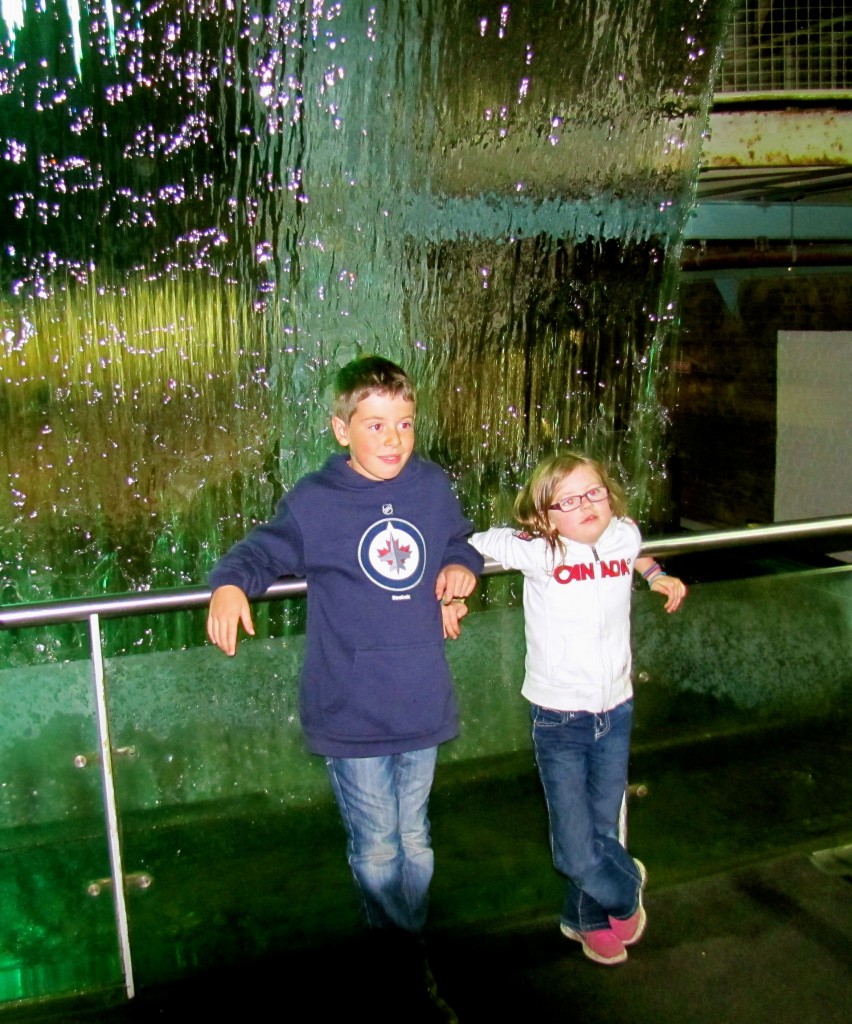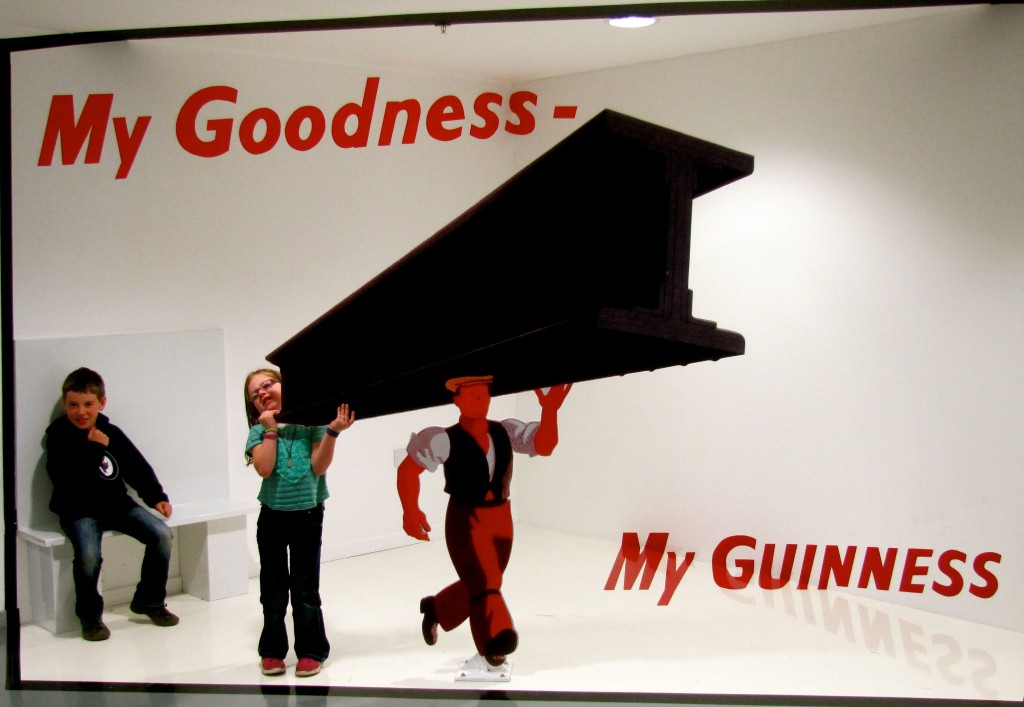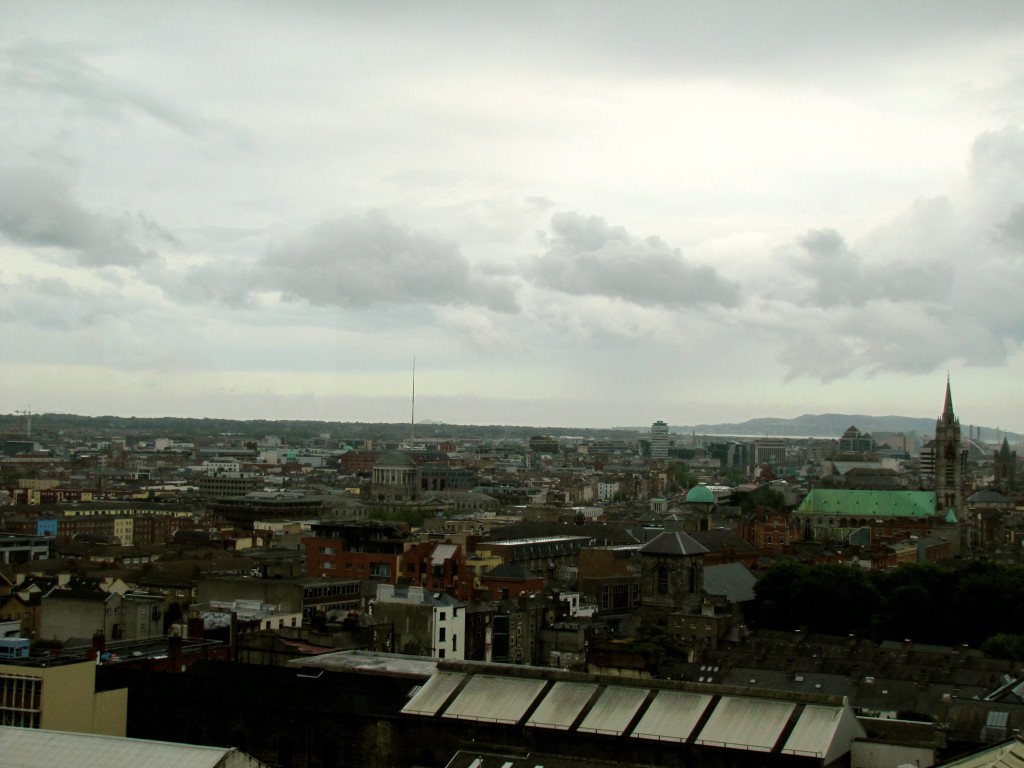My plan today was to head out to Phoenix Park, and visit the Dublin Zoo.
I failed in that attempt.
See, I caught the City Sightseeing bus on the route that would take me to Phoenix Park. And, when we got to Heuston Station, the driver said the bus wasn’t going to the park, but there was a shuttle bus just over a bridge by the station that would take us in to the Bloom festival that was going on right now, and was the reason the sightseeing bus wasn’t going in to the park.
The park was packed, and it became very obvious why the sightseeing bus wasn’t going in. But the site of the Bloom festival was quite some distance from the zoo1, and the shuttle bus didn’t stop at the zoo. I got off the bus at the Bloom festival, with some thought about walking to the zoo, but that would mean I’d also have to walk back to catch the shuttle bus. So, I thought I’d go take a look at the Bloom festival, seeing as I was here. Then I found out that tickets were over 20 euros, and I had no real interest in the festival, so I got on the next shuttle bus and rode it back to the sightseeing bus route.
I figure I’ve got a free day on Saturday, so I may take a cab out to the zoo that morning.
Anyway, I got off the bus on O’Connell Street, and went to check out the General Post Office. Since my last visit to Dublin in 2013, they’ve added a really impressive little museum, called GPO Witness History, that commemorates the 1916 Rising.
There are a lot of informational displays, including several interactive screens that take you day-by-day through the Rising. The coolest thing is a short movie that dramatizes the Rising. It tells the story well2 and does a great job of showing how the Rising was not a popular move amongst the population, how most of the damage was inflicted on civilians, and how both sides were rather ruthless and unrestrained.
Basically, it shows what a mess3 the whole thing was.
I also had promised a friend that I’d send her an actual postcard via the mail on this trip, so I bought a card in the gift shop at the GPO. The woman who sold it to me asked if I wanted a bag, and I said, “No, thanks. I’m going to mail it right away. I hear there’s a post office nearby.”
She looked at me strangely for a second, and said, “Yyyyyeeesss, just through the… Oh, thank god! You’re joking!” And I immediately felt guilty for trying to be funny to someone who has to field stupid questions all day.
And then I went and had some lunch and went home.
So, no pictures, but at least some stories.


